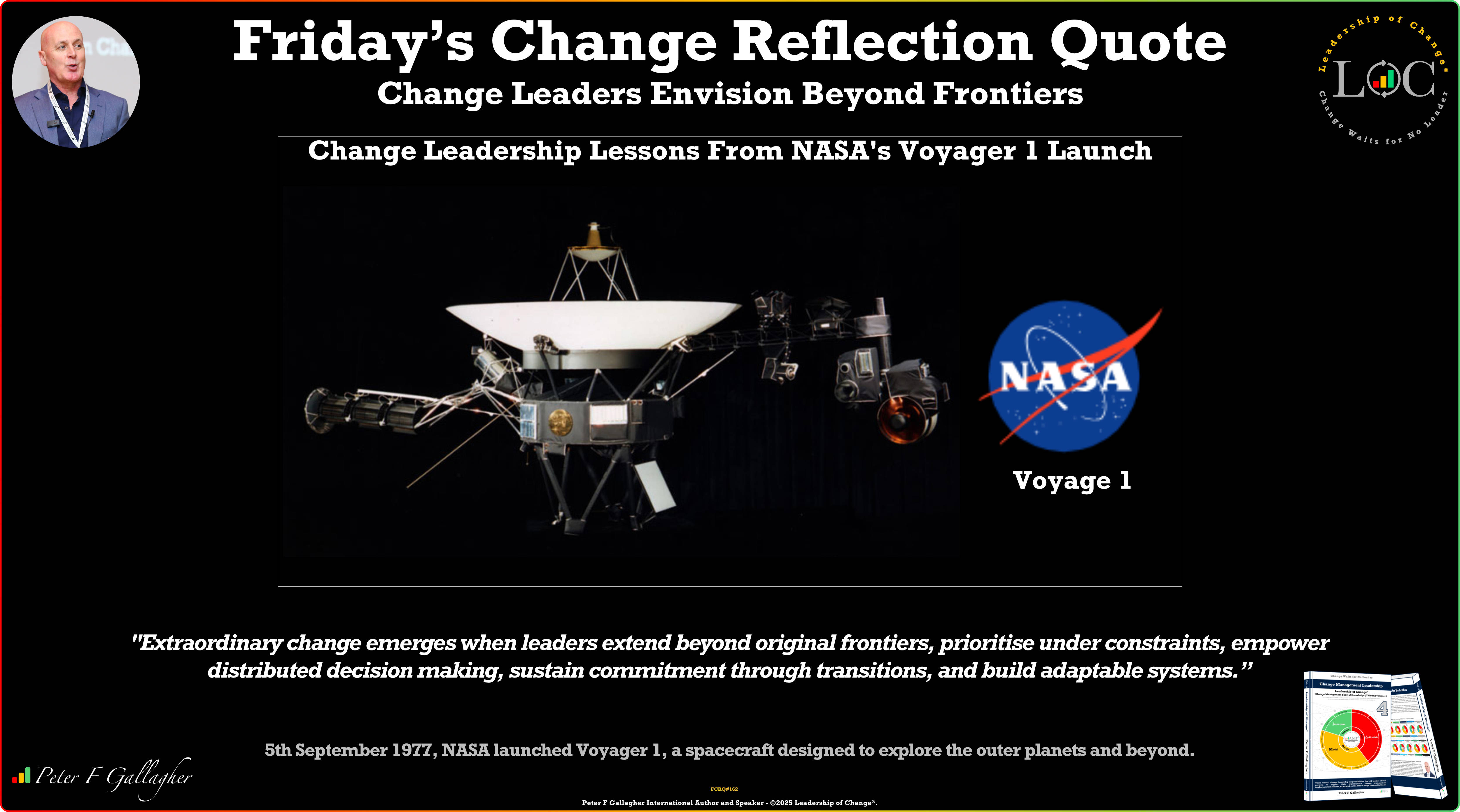
Content marketing is when you figure out ways to utilize and repurpose content so that it is seen by a larger audience. Storytelling and content marketing go hand-in-hand.
With storytelling, you can design a highly-engaged marketing campaign that carries a strong focus. You’ll use storytelling to give people the information they want to hear to make the decision to follow your brand, purchase your products or connect with your platform.
Thankfully, there’s an easy structure to a creating a compelling storyline for your marketing campaign and it begins with utilizing a variety of delivery methods, including:
Visual and Content-Based:
Visual storytelling would include things like videos, presentations, Webinars or perhaps a series of episodes that bring your viewers on a journey.
Content based would include everything else, such as articles, blog posts, sales pages and so on.
It’s important to combine both storytelling methods into your marketing campaigns so you’re able to reach a broader audience. Some people prefer to watch video; others absorb information better in text form.
The anatomy of a successful storytelling campaign will also include a specific series of questions and answers. We’ll dive deeper into this in the next chapter, but for now, here’s a quick overview of what you need to consider when designing your storytelling campaign.
Questions from your Audience:
This isn’t where you poll your market for their most burning questions, though that can be an effective strategy in coming up with a storyline that connects with your core audience. But another way to address questions without surveying your market begins with the questions you had when you first ventured in your niche.
Look at what questions your customers are already asking? What answers your competitors are providing? And how best to connect with your audience using language they best understand.
Establishing a Timeline:
This is where you draft your story arc around a marketing campaign. This story will tell your audience how you got from point A to B, why you created your brand (services/products), and how it exists to serve them.
It gives your story purpose and helps you stay aligned with your goals while remaining consistent with your campaigns. Laying the groundwork for a storytelling timeline is also important so that you’re able to
Personalization:
Your story needs to connect with your core audience and you do this by making it all about them. Rather than creating a generic storyline that simply highlights your brand, you need to embrace your audience by fostering a mindset that you understand what they need, desire and fear.
And finally,
Adaptation:
One story doesn’t fit all marketing channels, so you need to make sure you create stories that align with the platforms you use.
For example, if you plan to utilize social media, you’ll want to begin by uncovering key themes, trends and in-demand topics within those channels and then create a storyline around what has proven to be effective.
Facebook marketing is different than Instagram marketing and they cater to very specific audiences so you’ll want customize your storyline to better fit those viewers.
Instead of going straight for the sale, you need to think about how people communicate on those platforms, how they recommend products and services and how the market responds to different ad styles. Then you can create your own storytelling campaign so that it aligns with those networks.
By Avdhesh Kumbhar
Keywords: Digital Transformation, Marketing, Sales

 Enterprise AI Failure or Not?
Enterprise AI Failure or Not? The Corix Partners Friday Reading List - September 5, 2025
The Corix Partners Friday Reading List - September 5, 2025 Friday’s Change Reflection Quote - Leadership of Change - Change Leaders Envision Beyond Frontiers
Friday’s Change Reflection Quote - Leadership of Change - Change Leaders Envision Beyond Frontiers The Rise of AI in Performance Reviews: Who’s Leading the Way?
The Rise of AI in Performance Reviews: Who’s Leading the Way? The Silence Tax: The Hidden Cost of Playing It Safe at Work
The Silence Tax: The Hidden Cost of Playing It Safe at Work